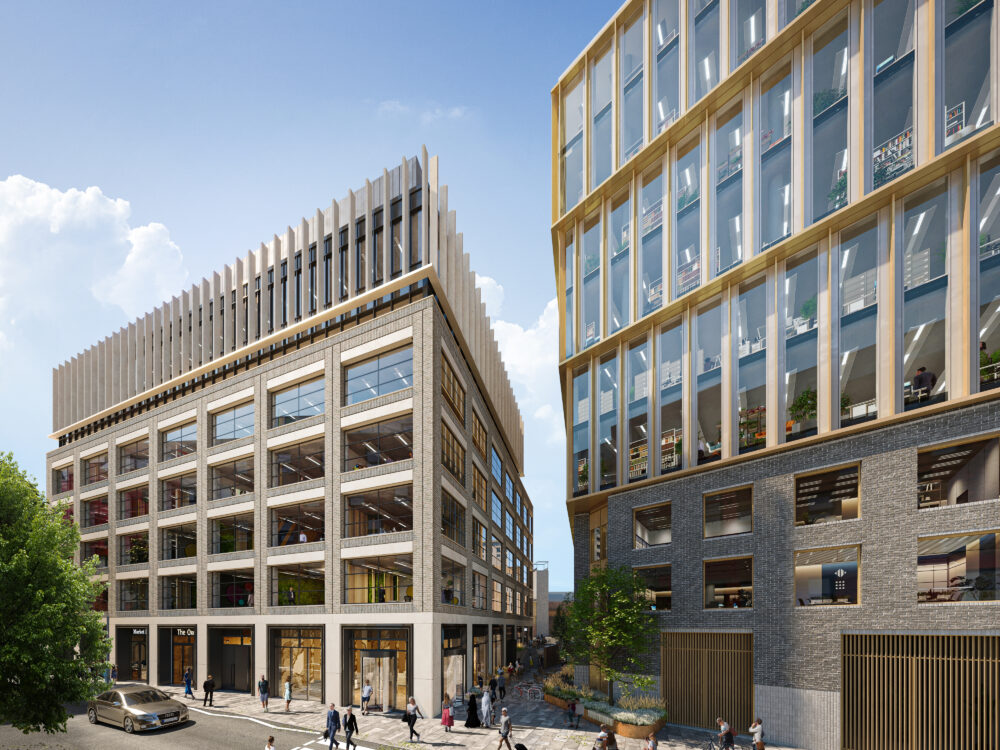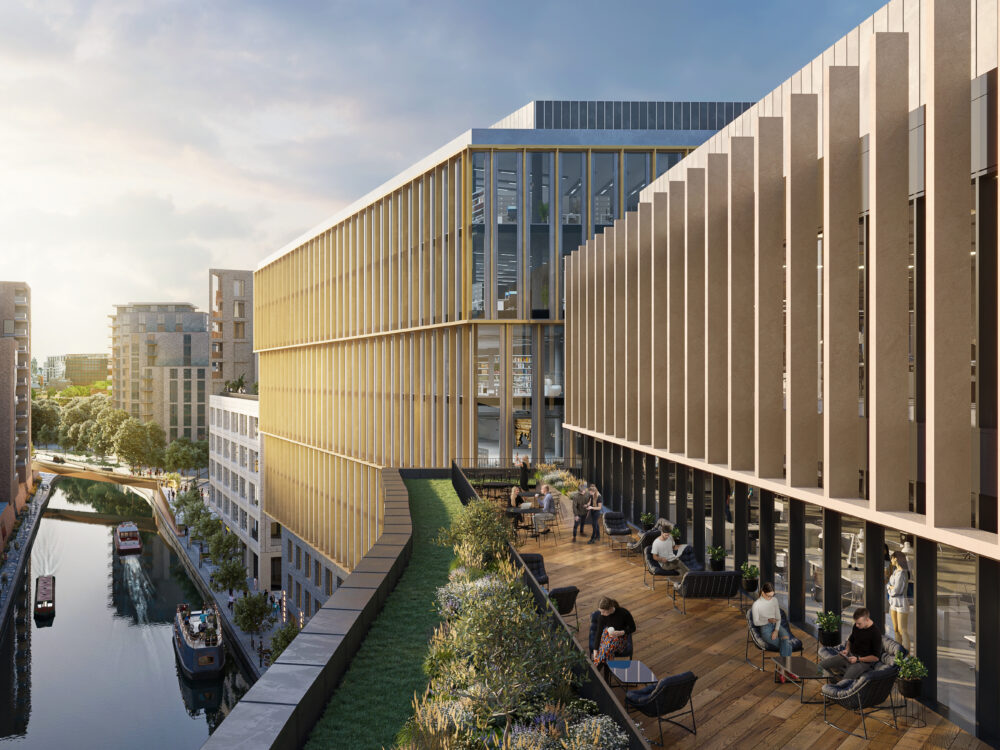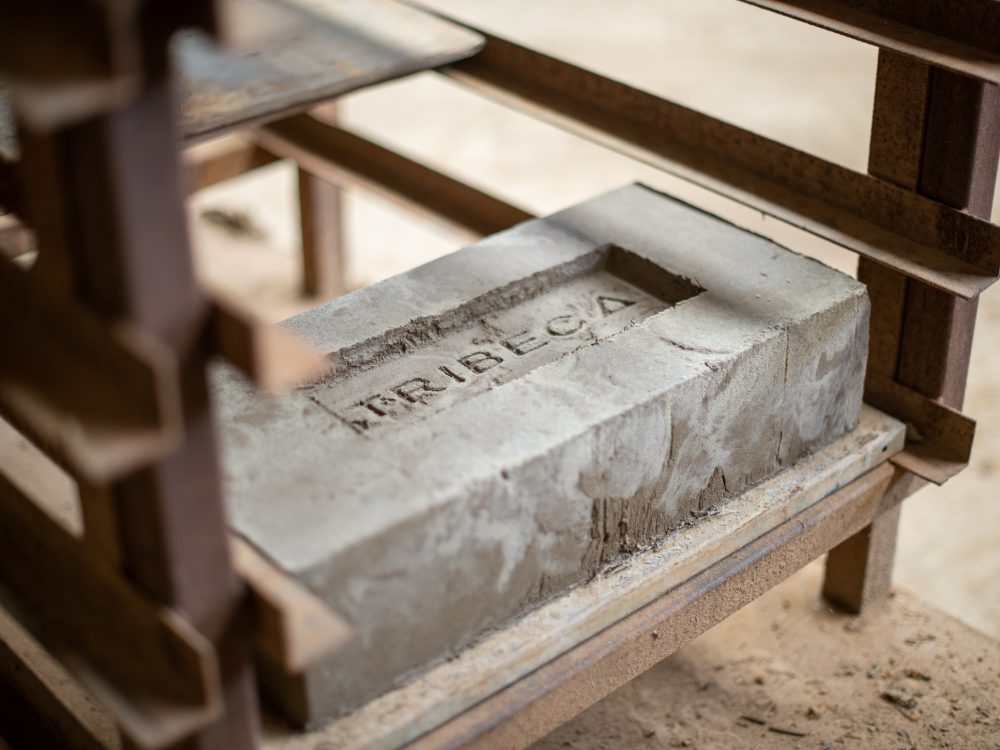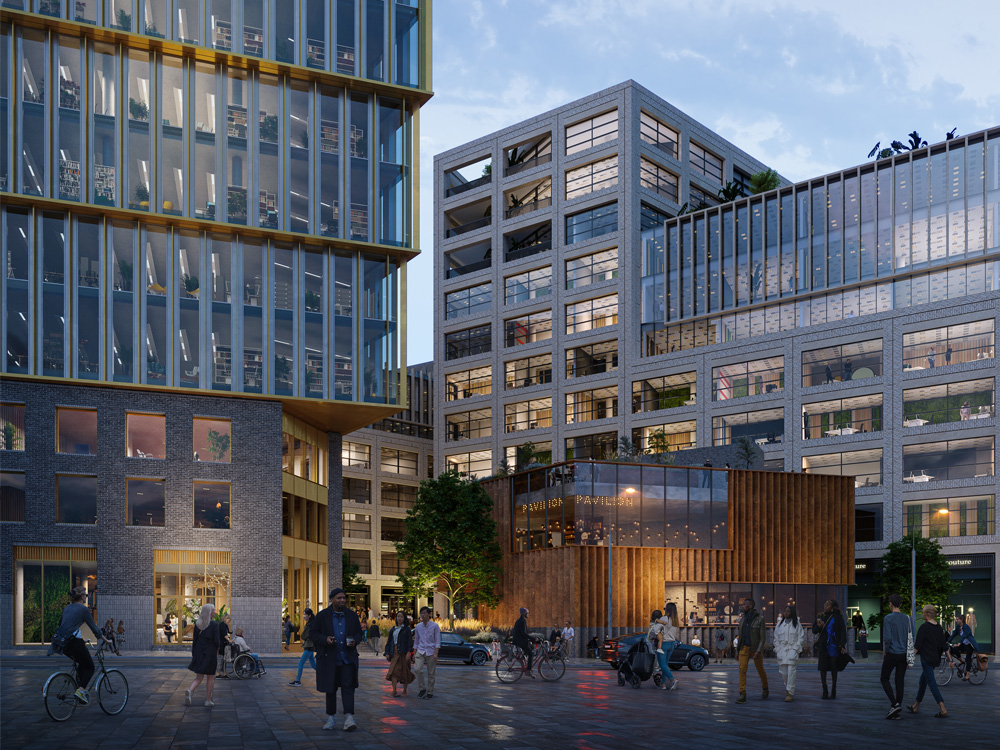London’s new bioscience innovation centre
The Journal sat down with Rich Ferrie, CEO of the London BioScience Innovation
Centre (LBIC) to learn about the 37,000 sq ft incubator space for high growth life
science and biotech companies that will be opening in the Tribeca development later
this year.

Could you start by introducing LBIC.
Rich Ferrie: LBIC is the London BioScience Innovation Centre and we provide laboratory and office space to start-ups in the life science and bio-tech sector.
The organisation was founded in 2000, so next year we will be celebrating 25 years of being in operation. We are a subsidiary of the Royal Veterinary College (RVC) and we currently have 28,000 sq ft of space under management in Camden. We are home to roughly 26 organisations and the companies based with us are typically early stage companies that are at the point of raising finance.
In addition to lab space companies based at LBIC get access to our business support network made up of fifteen organisations who help us to support these new companies on their growth trajectory.
We have around 35 early stage companies who have a virtual presence and take advantage of our network whilst they use our premises for meetings flexibly as they seek to build out their business plans and raise finance.
This year you will be opening a second space in the new Tribeca development, can you tell me a bit more about the new space?
Rich Ferrie: In 2000 when LBIC was launched we were addressing a market failure. At that time, there were no labs available for biotech companies that were spinning out of universities in London. We recognised there was a need to create specialised labs in order for these spin out companies to continue on their growth trajectory in an environment where they can be supported.
The market failure that we identified in 2000 has now gone downstream. The maximum size lab facility that we currently have at LBIC is 1,200 sq ft which places a limit on the ability of a company to grow within this environment. Therefore, we wanted to put in place a new facility that extended the lifetime that these companies could spend with us and allow them to grow. Our new facility in the Tribeca development will be a game changer for what we can do.
The new space is just a few minutes’ walk from our current location which is really important in terms of how these two buildings can connect and support each other.
In total our new space is 37,000 sq ft and each of the labs will be roughly 3,000 sq ft. The labs are very light and airy and have great views out and provide a really nice space in which to do science. We provide access to meeting rooms, board rooms and executive suites and once again these are top of the range spaces to have a board meeting in or to host an investor pitch. Collaboration is the name of the game and we have designed the new facility to blend private lab spaces with interactive networking zones.
I know the ambition of Reef Group and everyone behind the Tribeca project is to position the development as the premier destination for biotech within the capital. It’s important that we play our role in that, and I see LBIC as the front door, if you will, to the whole Tribeca development.

Typically what size companies will you accommodate in the new space?
Rich Ferrie: Companies will be minimally around 20 – 30 employees and will probably have completed a Series A fundraise. They are still relatively early in their journey, but will be growing rapidly.
For this size company finding a suitable lab or fitting a new space out can be a long and painful process at a critical point in their growth when they really need to be focussed on the science. So, our model is to provide a plug and play solution with fully fitted labs that are ready for companies to move into and get going.
In London roughly 80% of the life science market is made up of start-ups and SME’s and it is this end of the market that we really need to support for the wider London life science market to succeed.
What additional support do you provide to these companies?
Rich Ferrie: In addition to accessing space companies will also be supported by the wider support network delivered by a team who understand how to run and operate this type of building. For example, we look after everyday requirements such as the sterilization of glassware and lab equipment, cleaning of their labs and lab coats, making sure their waste is collected. All the things which cost companies time and money, we take care of.
Also our model is very interactive with a focus on harnessing the power of early-stage innovation and building a community of growth companies that can connect and work in collaboration with each other but also with this incredible eco-system on their doorstep.
As with your current location your new space is in the heart of the Knowledge Quarter. How important is that?
Rich Ferrie: It’s vitally important. We are located near world leading institutions such as The Francis Crick Institute, University College London, UCLH and the Wellcome Trust. You then have large life science occupiers moving to the area such as AstraZeneca, MSD/Merck and also the tech and AI sector such as Google, Meta and Deepmind. When you think about the cross over between technology, AI and biotech, this is a fantastic place to innovate.
Your new space will be part of a mixed-use development. Is that a key part of your value proposition?
Rich Ferrie: It’s an important part of what we will offer to the organisations that will locate with us. The science park on the outskirts of town is a slightly dated model and young companies are now looking to be in central locations, accessible by tube and rail and on the doorstep of a range of amenities. That is exactly what we can offer. The development itself will include great F&B, retail and public realm and we are positioned next to the Regent’s Canal a short walk from both King’s Cross and Camden.
How important is it that LBIC also connects to the wider residential community located in Camden?
Rich Ferrie: It’s a great question and something I’m really passionate about. We need to make sure that we are good neighbours to the communities around us and we engage them in what we are doing. We try and recruit from the local community as much as possible, we hold events which we invite the community to attend and once a year we have an open day where everybody is welcomed in to see what we do. It’s important that we demystify what happens in a lab building and we engage the next generation by providing them with a line of sight to a future career. I’m pleased to say that the companies who locate with us join us on that quest as well.

Our model focuses on harnessing the power of early-stage innovation and building a community of growth companies that can connect and work in collaboration.


